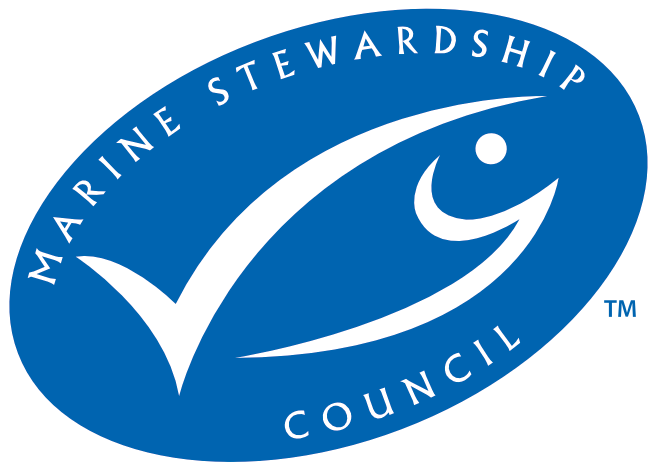
- Certifier :
- Global Trust Certification Ltd.
- Certified status :
- Certified
- Certified since :
- 16 Jun 2008
- Certificate expires :
- 13 Jun 2029
Overview
Fisheries are composed of one or more parts, each of which is entitled to receive an MSC certificate. These parts or “units” are defined by their target stock(s), fishing gear type(s) and if relevant vessel type(s), and the fishing fleets or groups of vessels.
When the term “Unit of Certification” is used for fishing units that are in assessment, it refers to the “Unit of Assessment” or “Unit of potential certification”. Expand a status below to view the parts that form this fishery. To check the detailed scope, download the latest certificate or open the Assessments page to get the latest report. Find out more by visiting our page on Fisheries
Catch by Species
| Species | Reported Catch Year | Metric Tonnes |
|---|---|---|
| Haddock (Melanogrammus aeglefinus) | 2024 | 375.5 |
| Atlantic cod (Gadus morhua) | 2021 | 1,448 |
| Saithe(=Pollock) (Pollachius virens) | 2022 | 19,368 |
| European hake (Merluccius merluccius) | 2024 | 320.7 |
Information is provided by an independent Conformity Assessment Body as live weight (the weight of species at the time of catch, before processing) and where a fishing season covers multiple years, the end year is given as the reported catch year. Additional information is available in the latest report, see the assessments page.
About this Fishery
Norway's North Sea saithe fishery was first MSC certified in 2008, alongside North East Arctic saithe. Both fisheries were recertified in 2013.
North Sea saithe is found along the western coast of Norway in depths of up to 400m. Young saithe are mainly distributed inshore in sheltered bays and coastal waters along the west and south coast of Norway, the coast of Shetland and the coast of Scotland.
The Norwegian fishery at present accounts for 52% of the saithe stock’s total allowable catch (TAC). The fishery employs various methods and gear types. On average over the last 10 years about 85% of the Norwegian catch originates from bottom trawl, 9% from purse seine, 4% from gill net and 2% from other conventional gears (long line, Danish seine and hand line). Gill net fishing is most intense during winter and purse seine in the summer months, while the trawl fishery takes place more evenly all year around.
Both Norwegian saithe fisheries have undergone various improvements in practice since certification.
"Since the Norwegian saithe fisheries first engaged with the MSC program in 2006, several developments have taken place. Additional research on bottom impacts was conducted, and understanding of bycatch and interaction with endangered threatened and protected (ETP) species has further improved. The stock status of North Sea cod in the North Sea saithe fishery is also improving. As part of the current certification it is anticipated that such improvements will continue to be made. These developments are testament to the commitment from the Norwegian industry to assure sustainability in their fisheries." - Camiel Derichs, MSC Regional Director Europe on the second certification of the Norwegian saithe fisheries.
Market Information
Most saithe is exported - to West- and Eastern Europe, the Caribbean and South America.
